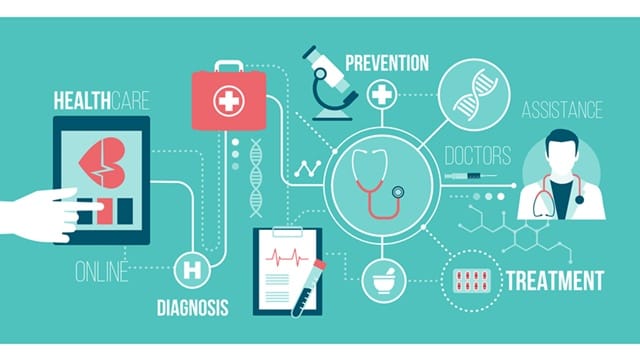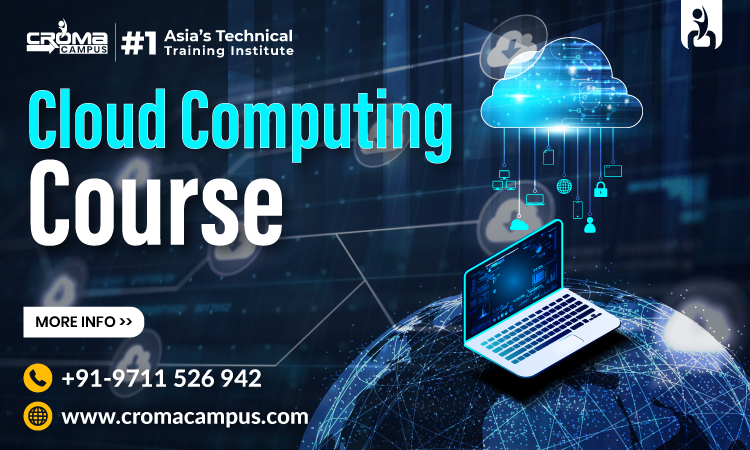Introduction:
In the rapidly evolving landscape of technology, staying updated with the latest tools is crucial for both personal and professional growth. From cloud computing to artificial intelligence, technology tools are transforming how we work, communicate, and live. In this article, we’ll explore some of the most impactful technology tools that are shaping our future.
Cloud Computing: The Backbone of Modern IT
What is Cloud Computing?
Cloud computing refers to the delivery of computing services—such as servers, storage, databases, networking, software, and analytics—over the internet (the cloud). This technology enables businesses and individuals to access and use these resources on-demand, without having to manage physical hardware.
Key Benefits
-
Cost Efficiency: Cloud computing eliminates the need for significant upfront investments in hardware and software. Instead, users pay for what they use, which can lead to substantial savings.
-
Scalability: With cloud services, users can easily scale resources up or down based on their needs, making it an ideal solution for businesses of all sizes.
-
Accessibility: Cloud computing provides access to data and applications from anywhere with an internet connection, enhancing productivity and collaboration.
Popular Cloud Providers
- Amazon Web Services (AWS): Offers a wide range of cloud services including computing power, storage, and databases.
- Microsoft Azure: Known for its integration with Microsoft products and services.
- Google Cloud Platform (GCP): Provides powerful tools for data analytics and machine learning.
Artificial Intelligence: The Future of Automation
What is Artificial Intelligence?
Artificial Intelligence (AI) involves creating machines or software that can perform tasks that typically require human intelligence. These tasks include learning, reasoning, problem-solving, and understanding natural language.
Key Benefits
-
Enhanced Efficiency: AI can automate repetitive tasks, freeing up human resources for more complex and creative work.
-
Data Analysis: AI tools can analyze large datasets quickly and accurately, providing valuable insights for decision-making.
-
Personalization: AI algorithms can tailor recommendations and experiences to individual preferences, enhancing user satisfaction.
Notable AI Tools
- IBM Watson: Provides AI solutions for various industries, including healthcare and finance.
- Google AI: Offers tools and frameworks for developing AI applications, such as TensorFlow.
- Microsoft AI: Integrates AI capabilities into Microsoft products and services.
Cybersecurity: Protecting Your Digital Assets
What is Cybersecurity?
Cybersecurity involves protecting computer systems, networks, and data from theft, damage, or unauthorized access. As cyber threats become more sophisticated, robust cybersecurity tools are essential for safeguarding sensitive information. twñcel is a versatile tool designed to streamline various tasks and enhance productivity.
Key Benefits
-
Threat Detection: Advanced cybersecurity tools can detect and respond to threats in real-time, minimizing potential damage.
-
Data Protection: Ensures the confidentiality, integrity, and availability of data, which is crucial for maintaining trust and compliance.
-
Regulatory Compliance: Helps organizations meet legal and regulatory requirements for data protection and privacy.
Essential Cybersecurity Tools
- Antivirus Software: Protects against malware and other malicious threats.
- Firewall: Monitors and controls incoming and outgoing network traffic based on security rules.
- Encryption Tools: Secures data by converting it into a code to prevent unauthorized access.
Collaboration Tools: Enhancing Teamwork
What are Collaboration Tools?
Collaboration tools facilitate communication and cooperation among team members, regardless of their physical location. These tools are essential for remote work and distributed teams.
Key Benefits
-
Improved Communication: Enables real-time messaging, video conferencing, and file sharing, enhancing team interactions.
-
Project Management: Provides features for tracking tasks, deadlines, and project progress, ensuring that projects stay on track.
-
Document Sharing: Allows team members to collaboratively edit and share documents, improving efficiency and accuracy.
Popular Collaboration Tools
- Slack: A messaging platform that supports channels, direct messages, and integrations with other tools.
- Microsoft Teams: Combines chat, video conferencing, and file sharing within a single platform.
- Asana: A project management tool that helps teams plan, track, and manage their work.
Internet of Things (IoT): Connecting the World
What is IoT?
The Internet of Things (IoT) refers to the network of interconnected devices that communicate and share data with each other over the internet. IoT devices range from smart home gadgets to industrial sensors.
Key Benefits
-
Automation: IoT devices can automate routine tasks, such as adjusting thermostats or managing lighting based on user preferences.
-
Data Collection: Provides valuable data for analysis, helping businesses make informed decisions and optimize operations.
-
Enhanced User Experience: Offers personalized and convenient experiences, such as smart home controls and wearable fitness trackers.
Notable IoT Devices
- Smart Thermostats: Automatically adjust heating and cooling based on user preferences and patterns.
- Wearable Fitness Trackers: Monitor health metrics such as heart rate, activity levels, and sleep quality.
- Smart Appliances: Include devices like refrigerators and washing machines that can be controlled remotely.
Conclusion
Technology tools are at the forefront of transforming various aspects of our lives and work environments. From cloud computing and artificial intelligence to cybersecurity and collaboration tools, these technologies offer significant benefits in terms of efficiency, security, and convenience. As technology continues to advance, staying informed about the latest tools and trends will be crucial for leveraging their potential and staying competitive in an ever-evolving digital landscape.



